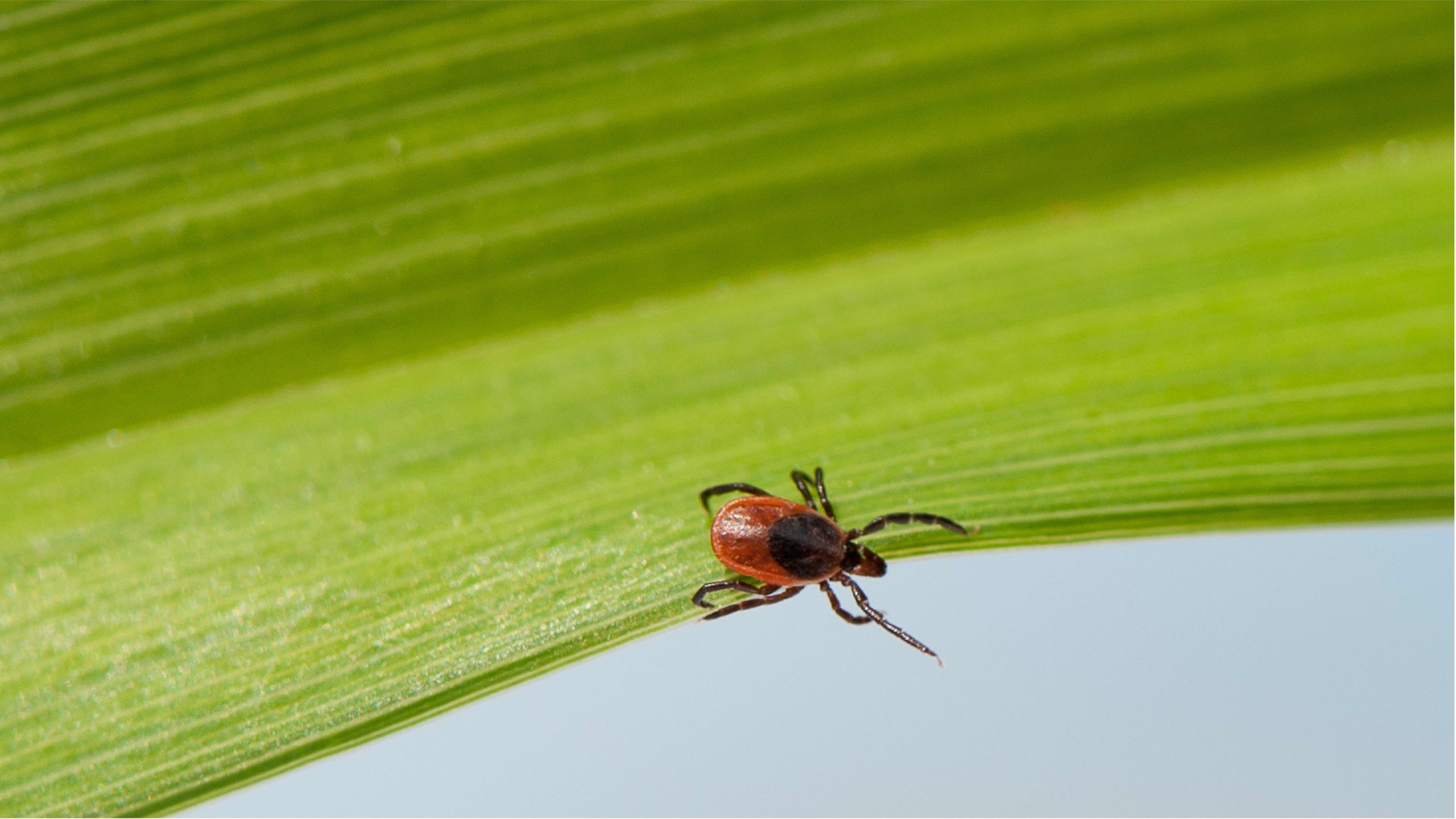
Who is at risk for tick bites?
The risk of tick bites is related to the types of outdoor activities undertaken and the amount of time spent outdoors in tick habitats such as wooded areas, parks, long grass and brush.
Did you know that ticks may be found on residential properties, even in cities and suburbs?
Some examples of activities which may occur in or near tick habitats include hiking, camping, hunting, gardening and work. If you are an outdoor enthusiast or outdoor worker, you do not need to stop doing these activities, but rather learn how to adopt preventive measures so you can enjoy them safely.
Lyme disease is more frequent in children aged 5-15 years and adults aged 55-79 years. Children are more likely to encounter ticks depending on how they play outdoors and are less capable of finding and removing them. Adults living alone may also have difficulties finding and removing ticks by themselves.
To find out more about prevention measures, click on ‘How can I protect myself?’ and ‘How can I protect my children?’
Pets are also at risk for tick bites and may bring ticks into the home. For more information about ticks and pets, check ‘How can I protect my pets?’
If you wish to better understand your own risk profile, you can complete the ‘Evaluate your prevention strategy’ questionnaire, and receive personalised advice on how to protect yourself and your family.






